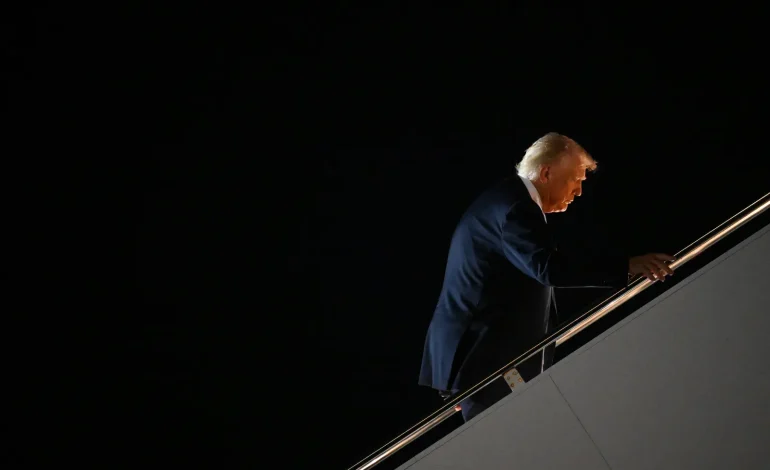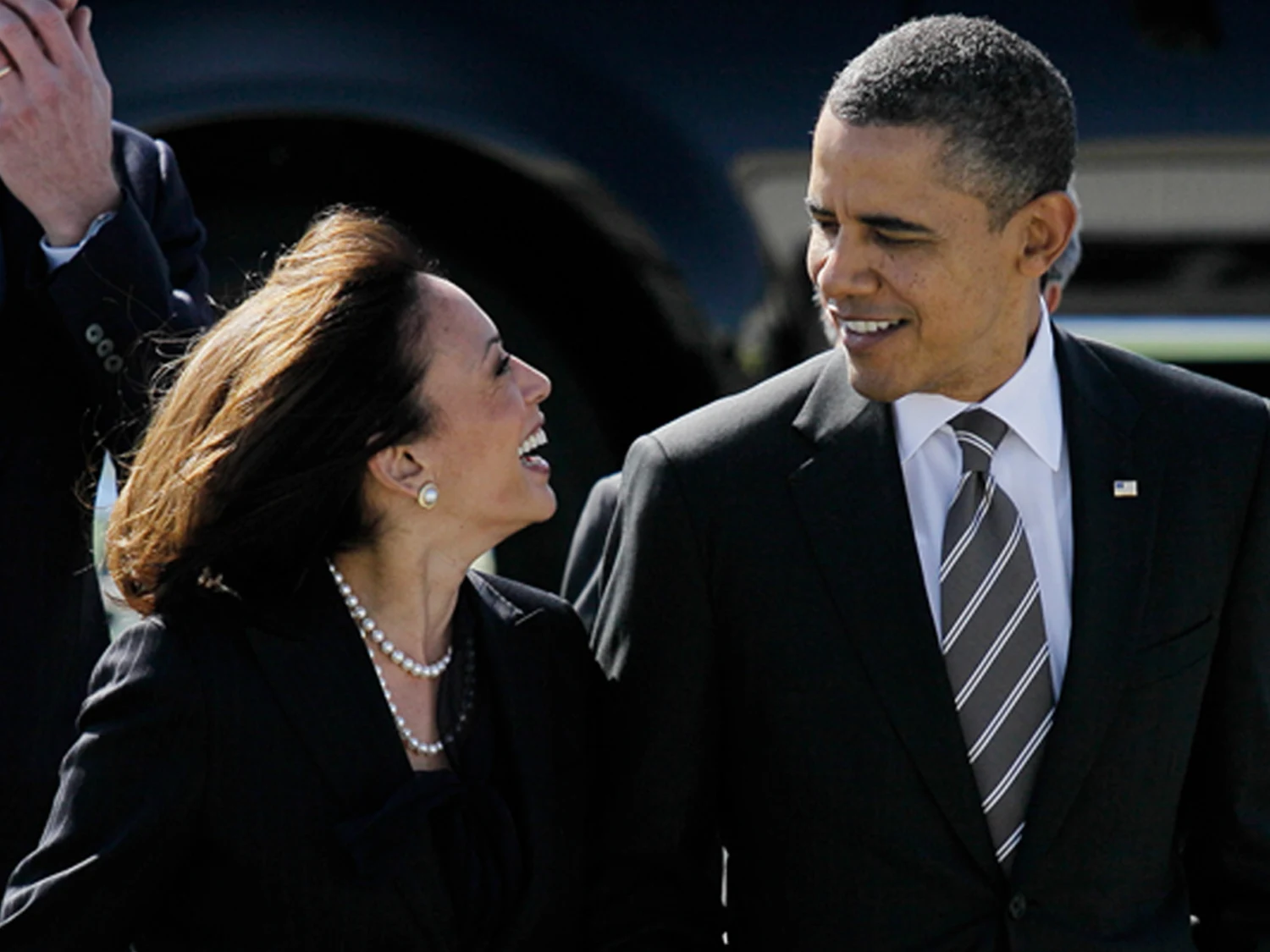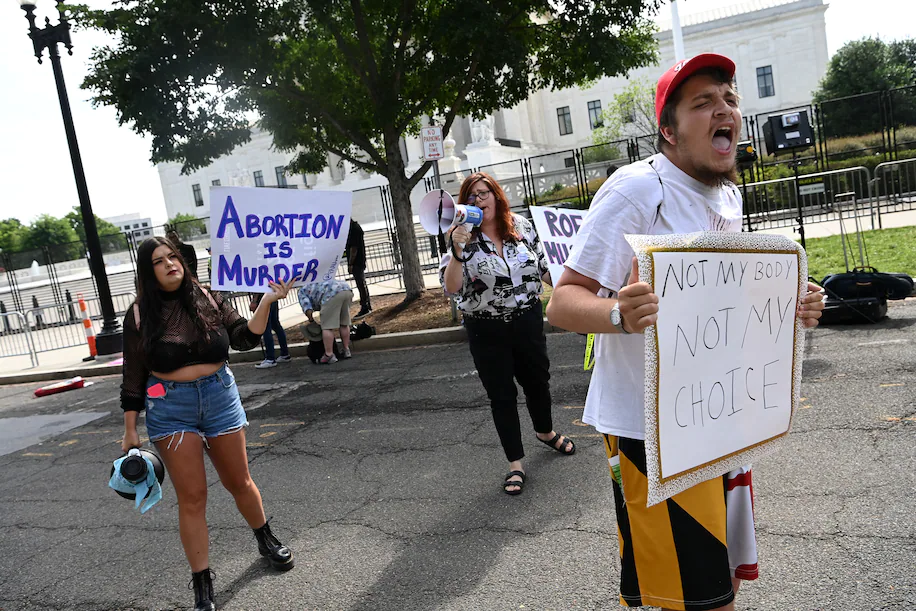Newsweek, the Independent, ABC News, and the Washington Post contributed to this report.
Millions of Americans are falling behind on their power and heating bills, and the growing pile of unpaid utility debt is turning into both an economic warning sign and a political headache for the White House.
A new analysis from The Century Foundation, a left-leaning think tank, shows a sharp jump in overdue electricity and gas balances just as President Donald Trump is trying to persuade voters that he’s bringing costs down and making life more affordable.
Between April and June 2025, past-due balances on household utility bills rose 9.7% from a year earlier, hitting an average of $789, according to the think tank’s report. Over the same period, monthly energy bills jumped 12% nationwide.
That’s not just a budgeting annoyance — it’s pushing millions to the brink:
- Nearly 6 million households now have overdue utility debts “so severe” they’re on the verge of being sent to collection agencies.
- Since Trump’s current term began, the number of households with seriously overdue utility bills has climbed by about 117,000, a 3.8% increase in just six months.
- Typical monthly energy costs rose from $196 in March 2022 to $265 in June 2025 — a 35% jump, far ahead of overall inflation over that period.
- In colder parts of the Northeast, South and Appalachia, overdue balances commonly top $1,500.
“People usually prioritize keeping the lights on and the heat running, right alongside their mortgage and car payments,” said Julie Margetta Morgan, president of The Century Foundation. “Seeing higher costs and more delinquencies suggests families may be slipping behind on other bills, too.”
All of this lands squarely in the middle of Trump’s political pitch.
The president has spent weeks insisting that prices are falling under his watch and that Republicans are “the Party of Affordability.” On Friday, he wrote on Truth Social:
“Cost, and INFLATION, were far higher under the Sleepy Joe Biden Administration, than they are now. In fact, costs under the TRUMP ADMINISTRATION are tumbling down, helped greatly by gasoline and ENERGY… Affordability is a lie when used by the Dems. It is a complete CON JOB.”
Speaking to reporters before boarding Air Force One on Sunday, Trump again claimed he was “the one that’s getting the prices down” and promised “some little price reductions and in some cases some pretty good ones” ahead.
But the new numbers tell a different story on utility costs — an area that often matters more to household budgets than any one-off deal at the gas pump.
Gasoline accounts for about 3% of the Consumer Price Index, slightly less than the share tied to electricity and natural gas. In other words, any savings from cheaper gas can easily be wiped out by higher power and heating bills.
The spike in utility debt also highlights a tension inside Trump’s own economic agenda.
The president has touted a massive buildout of artificial intelligence infrastructure as a pillar of future growth. But AI data centers are famously heavy power users, and their rapid expansion is already adding stress to the grid in some regions — and potentially to customers’ bills.
“Voters are frustrated and families are hurting because these tech giants are cutting backroom deals with politicians, and it’s causing their power bills to go up,” said Mike Pierce, executive director of Protect Borrowers, which helped compile the analysis. “If the Trump administration doesn’t want to do its job and protect families and make life more affordable, I guess that’s its choice.”
The concern isn’t just today’s bills. Policy researchers warn that if energy demand keeps climbing — especially from AI facilities — and no major relief or reforms appear, millions more households could face shutoffs or deeper financial distress, particularly this winter.
The White House has largely tried to distance itself from the surge in utility prices.
Officials argue that:
- Electricity rates are set at the state level, often by utility commissions, not the federal government.
- Prices tend to be higher in Democratic-led states that invest more in renewable energy.
“Electricity prices are a state problem,” Treasury Secretary Scott Bessent told ABC News this month. “There are things that the federal government can control. Local electricity prices are not one of them.”
The Century Foundation counters that the administration isn’t just a bystander. Its report argues that federal policies that slow or block renewable energy projects — including wind and solar — are limiting cheaper, long-term power sources and contributing to higher costs.
The clash over who’s to blame is playing out as affordability consistently ranks as voters’ top concern and as Republicans eye the 2026 midterms. Fast-rising utility bills in swing districts could become a flashpoint.
On the surface, the utility numbers are clearly a red flag. Yet other data on household finances is more mixed.
- The New York Federal Reserve says 90-day-plus delinquencies on mortgages, car loans and student debt have all risen over the past year — but mortgage delinquencies remain “relatively low” by historical standards.
- A separate review from the Bank of America Institute found that overall debit and credit card spending suggests consumers’ “overall financial health looks sound.”
That leaves economists and policymakers with a murky picture: many families still spending and keeping up, but a growing minority falling behind on basic necessities like energy.
For Morgan, the rise in overdue power bills is a clear warning that should cut through the noise.
“There’s a lot of information out there about rising utility costs,” she said. “But here we can actually see the impact in black and white — more families are behind, and they’re struggling to catch up.”
With winter heating season coming, expanding AI power demands on the horizon, and affordability dominating the political conversation, how the administration responds — or chooses not to — could shape both the economy and the next election year.









The latest news in your social feeds
Subscribe to our social media platforms to stay tuned